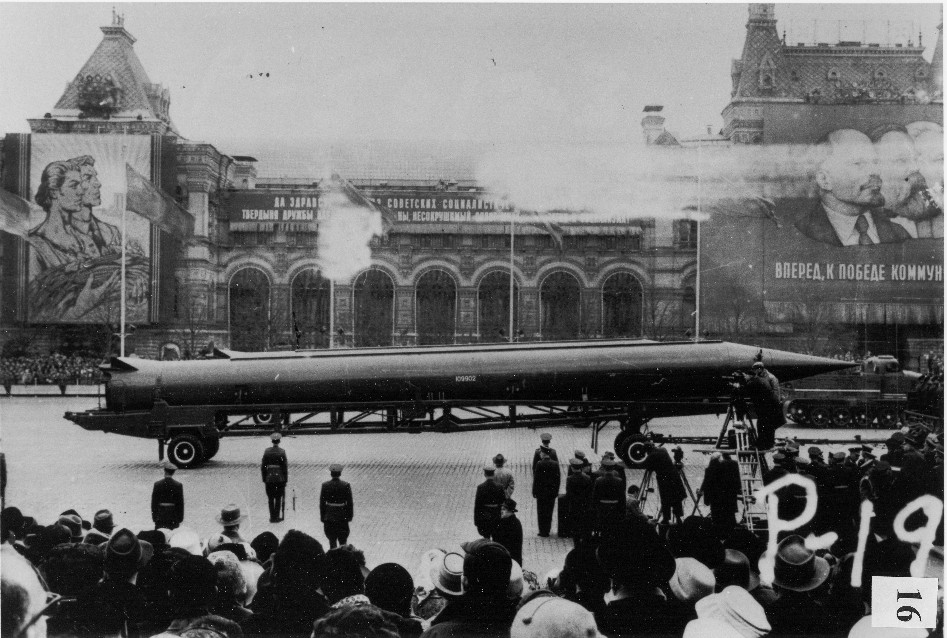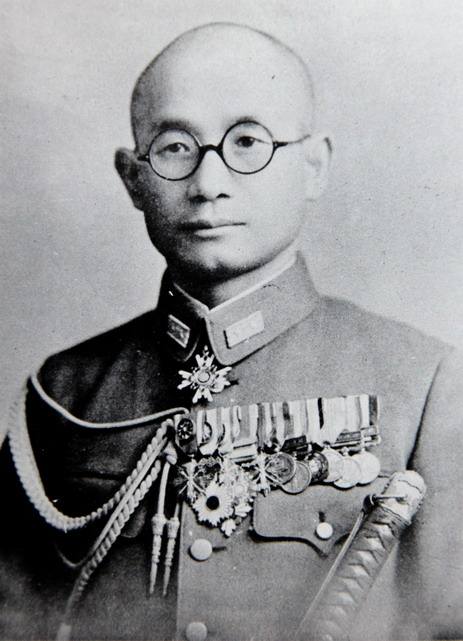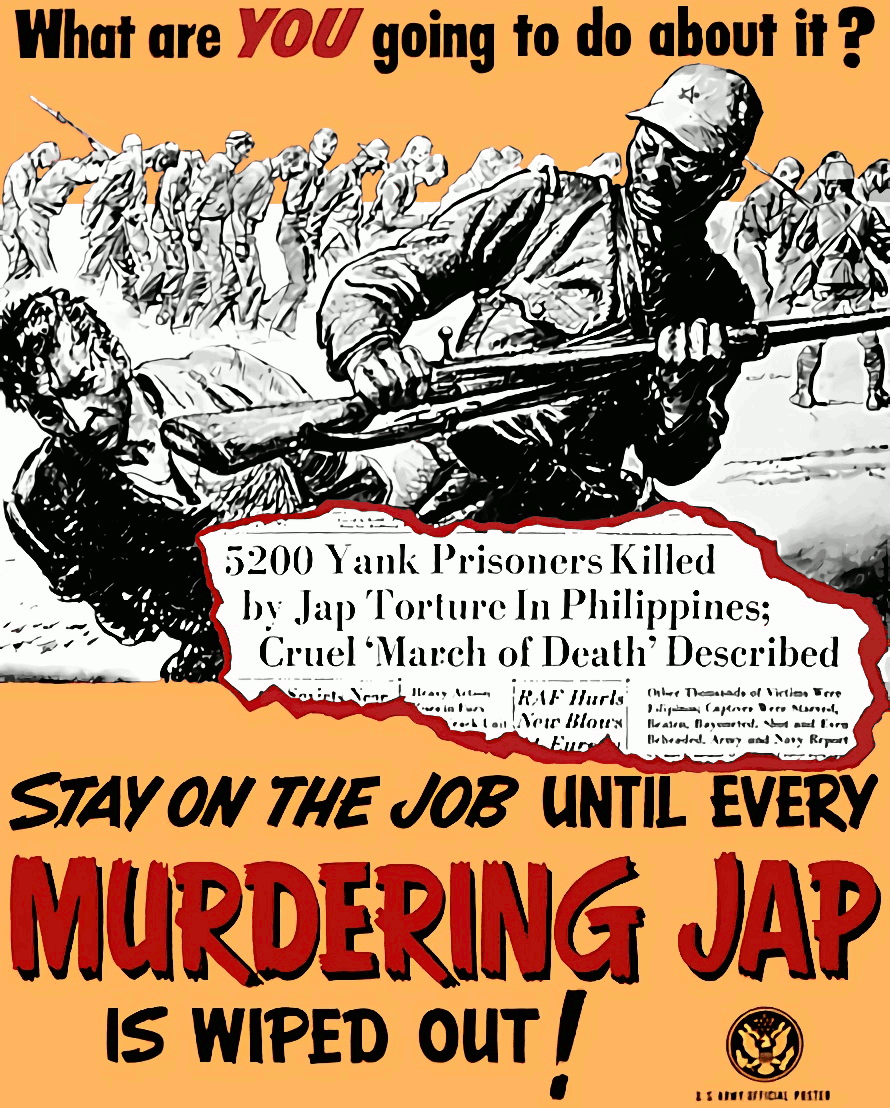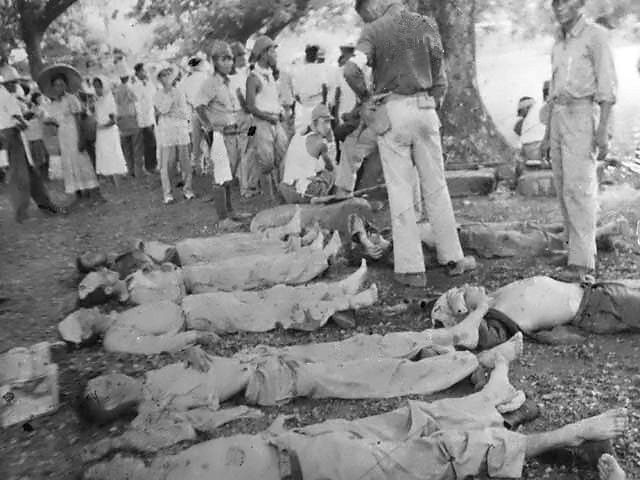From the beginning of the century until the 1950s, newsreels served as a source of entertainment, current events, and news in the U.S. and Europe. They were shown in dedicated theaters in major cities during the 1930s and 1940s. A newsreel was a short documentary with filmed news stories and items of popular interest. The Daily Bioscope was the first British news cinema that showed newsreels and opened in London in May of 1909. The first newsreel in the U.S.was seen in August, 1911, the same time as the French company, Pathe, made its first weekly release to theaters. Before the newsreels were shown independently, the only way for Americans to visually witness the news was in commercials before major motion pictures, like we see today. That was how many Americans saw Lindbergh’s Atlantic flight, major sporting events, and developments of WWI and WWII. Many americans enjoyed this new type of news because of its audio and visual aspect. While reading the news paper, stories could seem boring or unimportant but it is much easier to just sit and watch a news story in a theater. Also, some people liked the bias of the newsreels which was much more obvious than bias in newspaper. If you are reading something, then it is up to you to form your opinions about it but watching films gives you more ideas and puts more images in your head than a newspaper could. Although, some people still prefered newpapers as they were easy to get and you could take them where you went and read them on your own time.
1929 was an important year for newsreels. William Fox bought a theater on Broadway to show newsreels and changed the format from a two dollar a show two times a day, to an ongoing 25 cent show, which was the first newsreel theater in the USA. It became such a success that Fox and his supporters started a chain of newsreel theaters across the country. They were usually showed with cartoons or short movies. The Universal City studios started producing reels twice a week to show before major movies. Most were usually only a minute or two in length, covering news, sports, the arts, fashion and more. Newsreels in the
In
After the war on


























I agree, I could not stand having to read constantly, I enjoy to see what opinions the media has to form on certain subjects and the biased that is created towards specific people.
ReplyDeleteThis a really good article jeff and you made a real good point about how t.v. and media are better than newspapers. My question is if that William Fox guy was the starter of the Fox corporation? Because I think he founded fox in 1915.
ReplyDeleteYes Josh, the modern day FOX that we watch is called Fox Broadcasting Company, which is named after sister company 20th Century Fox, and indirectly for producer William Fox, who founded one of the movie studio's predecessors, Fox Film. Although he started in 1929.
ReplyDeleteI never knew that Newsreels began this way. I am also a visual learner, so it is understandable why most people enjoyed seeing and hearing the news rather than reading about current events in the paper. Just as in the early newsreels, we see a lot of bias with our news shows today. News today is filled with a lot of talk and opinions, and less news.
ReplyDeleteI too believe that newsreels could be the dominant over reading because most children and people who cannot read don't enjoy reading.
ReplyDeleteYou mention bias...did the newsreels increase and make easier the use of propaganda? Film always produces simpler/easier messages than what can be found in print. Does this create a situation where the people can be more easily manipulated in the name of entertainment?
ReplyDelete